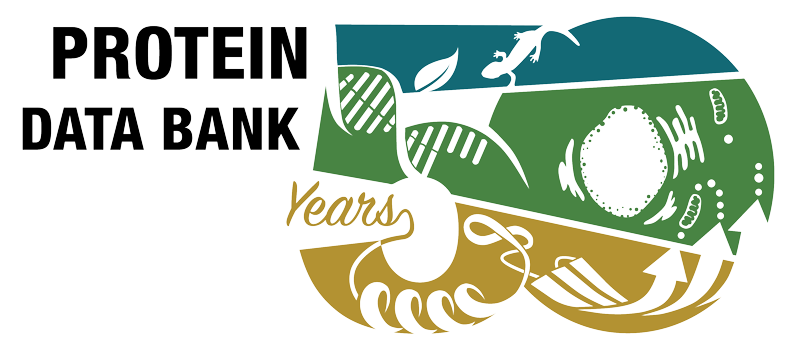Reviews - 2i04 mentioned but not cited (1)
- The critical protein interactions and structures that elicit growth deregulation in cancer and viral replication. Ou HD, May AP, O'Shea CC. Wiley Interdiscip Rev Syst Biol Med 3 48-73 (2011)
Articles - 2i04 mentioned but not cited (8)
Reviews citing this publication (25)
- Papillomavirus E6 oncoproteins. Vande Pol SB, Klingelhutz AJ. Virology 445 115-137 (2013)
- Mucosal and Cutaneous Human Papillomavirus Infections and Cancer Biology. Gheit T. Front Oncol 9 355 (2019)
- Emerging theme: cellular PDZ proteins as common targets of pathogenic viruses. Javier RT, Rice AP. J Virol 85 11544-11556 (2011)
- Human papillomaviruses, cervical cancer and cell polarity. Thomas M, Narayan N, Pim D, Tomaić V, Massimi P, Nagasaka K, Kranjec C, Gammoh N, Banks L. Oncogene 27 7018-7030 (2008)
- Functional Roles of E6 and E7 Oncoproteins in HPV-Induced Malignancies at Diverse Anatomical Sites. Tomaić V. Cancers (Basel) 8 E95 (2016)
- The Human Papillomavirus E6 PDZ Binding Motif: From Life Cycle to Malignancy. Ganti K, Broniarczyk J, Manoubi W, Massimi P, Mittal S, Pim D, Szalmas A, Thatte J, Thomas M, Tomaić V, Banks L. Viruses 7 3530-3551 (2015)
- The emerging contribution of sequence context to the specificity of protein interactions mediated by PDZ domains. Luck K, Charbonnier S, Travé G. FEBS Lett 586 2648-2661 (2012)
- Human papillomavirus E6 and E7 oncoproteins as risk factors for tumorigenesis. Ganguly N, Parihar SP. J Biosci 34 113-123 (2009)
- PDZ domains: the building blocks regulating tumorigenesis. Subbaiah VK, Kranjec C, Thomas M, Banks L. Biochem J 439 195-205 (2011)
- Human papillomaviruses and the specificity of PDZ domain targeting. Pim D, Bergant M, Boon SS, Ganti K, Kranjec C, Massimi P, Subbaiah VK, Thomas M, Tomaić V, Banks L. FEBS J 279 3530-3537 (2012)
- Viral oncogenes, noncoding RNAs, and RNA splicing in human tumor viruses. Zheng ZM. Int J Biol Sci 6 730-755 (2010)
- Regulation of the Wnt/β-Catenin Signaling Pathway by Human Papillomavirus E6 and E7 Oncoproteins. Bello JO, Nieva LO, Paredes AC, Gonzalez AM, Zavaleta LR, Lizano M. Viruses 7 4734-4755 (2015)
- Human tumour viruses and the deregulation of cell polarity in cancer. Banks L, Pim D, Thomas M. Nat Rev Cancer 12 877-886 (2012)
- Human papillomavirus E6 and E7: What remains? Vats A, Trejo-Cerro O, Thomas M, Banks L. Tumour Virus Res 11 200213 (2021)
- Ligand binding by PDZ domains. Chi CN, Bach A, Strømgaard K, Gianni S, Jemth P. Biofactors 38 338-348 (2012)
- Oncogenes and RNA splicing of human tumor viruses. Ajiro M, Zheng ZM. Emerg Microbes Infect 3 e63 (2014)
- Human papilloma virus (HPV) and host cellular interactions. Mammas IN, Sourvinos G, Giannoudis A, Spandidos DA. Pathol Oncol Res 14 345-354 (2008)
- Molecular mechanisms in progression of HPV-associated cervical carcinogenesis. Gupta SM, Mania-Pramanik J. J Biomed Sci 26 28 (2019)
- Specificity in PDZ-peptide interaction networks: Computational analysis and review. Amacher JF, Brooks L, Hampton TH, Madden DR. J Struct Biol X 4 100022 (2020)
- DNA Oncogenic Virus-Induced Oxidative Stress, Genomic Damage, and Aberrant Epigenetic Alterations. Kgatle MM, Spearman CW, Kalla AA, Hairwadzi HN. Oxid Med Cell Longev 2017 3179421 (2017)
- Structural Insights in Multifunctional Papillomavirus Oncoproteins. Suarez I, Trave G. Viruses 10 E37 (2018)
- HPV Oncoproteins and the Ubiquitin Proteasome System: A Signature of Malignancy? Đukić A, Lulić L, Thomas M, Skelin J, Bennett Saidu NE, Grce M, Banks L, Tomaić V. Pathogens 9 E133 (2020)
- HPV E6 oncoprotein as a potential therapeutic target in HPV related cancers. Manzo-Merino J, Thomas M, Fuentes-Gonzalez AM, Lizano M, Banks L. Expert Opin Ther Targets 17 1357-1368 (2013)
- Upsetting the Balance: When Viruses Manipulate Cell Polarity Control. Thomas M, Banks L. J Mol Biol 430 3481-3503 (2018)
- A New Story of the Three Magi: Scaffolding Proteins and lncRNA Suppressors of Cancer. Kotelevets L, Chastre E. Cancers (Basel) 13 4264 (2021)



 PMID:
PMID: 